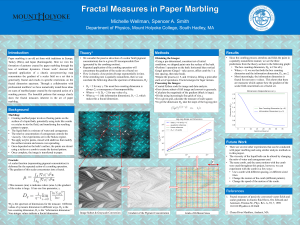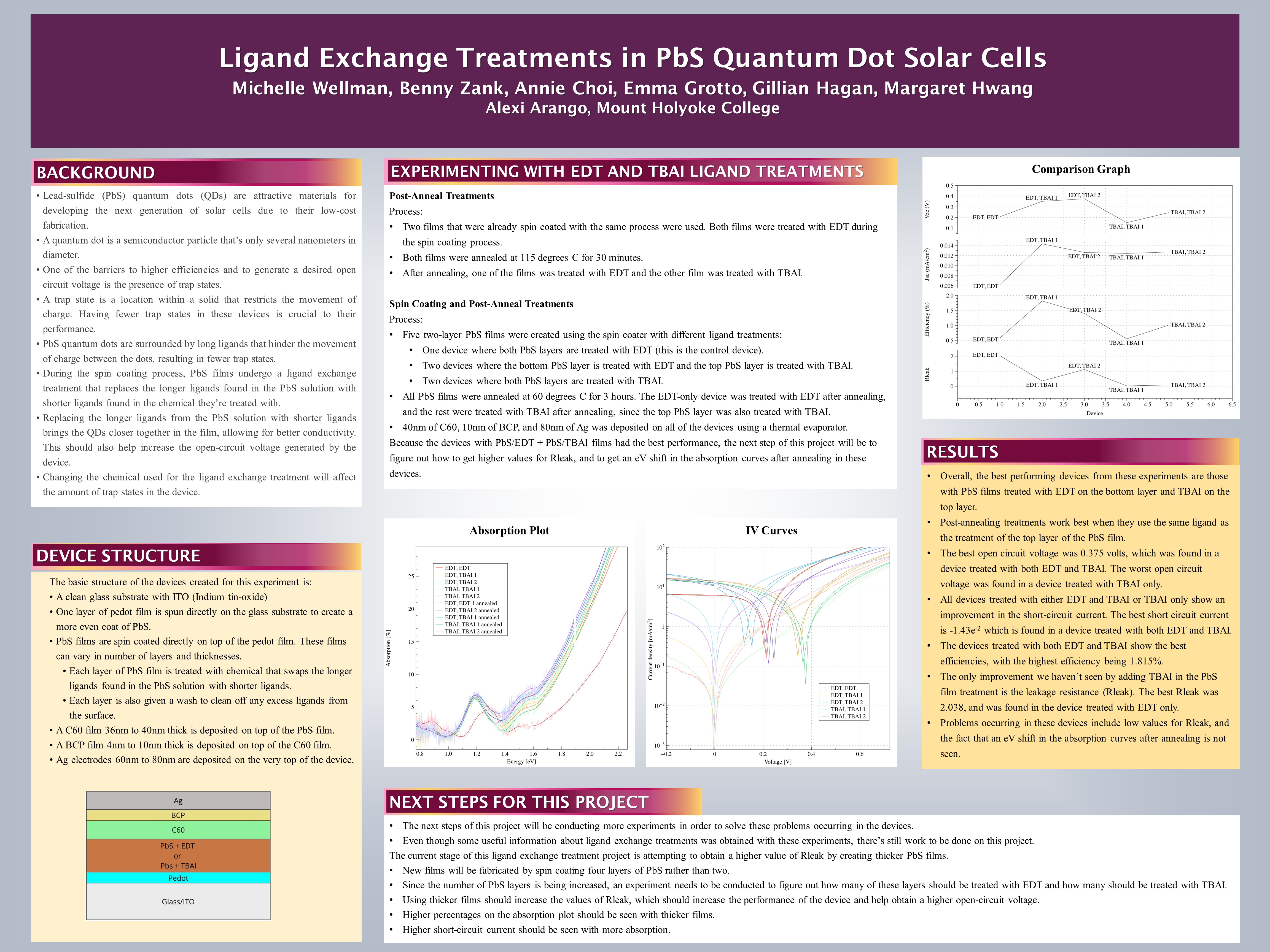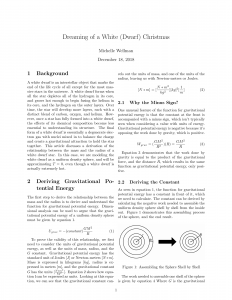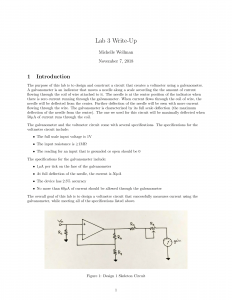This past summer I completed my second research project as an undergraduate at Mount Holyoke College. This summer I worked with Spencer Smith in his lab at Mount Holyoke where we use mathematical and computational methods to explore the behavior of fluid systems. There are a few different projects worked on in his lab, which I spent some time exploring during the Spring 2018 semester before beginning this project over the summer.
During the Spring 2018 semester, I also took a course taught by Spencer titled “Themes in Physics and Art”. In this course we explored the intersection between physics and art by looking the role that physics plays in artistic media and composition, as well as discussing how physics can be an inspiration for art. One of the units of this course had us studying the art of paper marbling, and how this particular artistic medium is highly dictated by physics, particularly fluid dynamics. During this unit, Spencer invited a couple of professional paper marblers who have a studio in Amherst MA to come in to our class and give a demonstration on paper marbling. Everyone in the class was fascinated by the process of paper marbling, as well as the beautiful patterns that emerged from it.
Feeling inspired by this course, I decided that I’d like to use my time during the summer to study the intersection between physics and art more in depth. Soon after discussing this with Spencer, he came to me with the perfect project to meet this goal: the paper marblers who came in to our class showed an interest in working with us to study the physics behind the art of paper marbling, and would allow us to come in to their studio to conduct experiments. This proposal was really exciting to me, so I agreed to participate in this project.
During the spring semester, I also developed an interest in fractals, and wanted to incorporate them into my summer project. After doing some background research on fractals, I noticed that many of the marbling images we looked at appear to have some of the properties that fractals have, particularly the self-repeating property of fractals. This inspired us to analyze these marbling images by examining their fractal properties.
Throughout the summer, Spencer and I worked on developing a program that analyzed the fractal properties of an image, particularly the fractal dimension, that would be used on the images we create from paper marbling. We also spent two days in the paper marbling studio creating images by experimenting with the viscosity of the solution the paints are dripped on to, and the number of times we drag a comb through the paints. The result was a collection of beautiful marbling images, most of which we ran through the program that was written to analyze them. The result of this project was the conclusion that the images created from paper marbling do have fractal properties to them.
From this project, I created another research poster which I presented at the Mount Holyoke College SPS Summer Research Poster Session in September 2018. This project also led me to the APS Division of Fluid Dynamics Conference which took place in Atlanta Georgia in November 2018. At this conference, I presented my poster at the technical poster session, and attended some talks on various applications of fluid dynamics.
The poster I have shared below goes over some background information on paper marbling as well as fractals, and discusses the theory behind the project, which was inspired by a paper cited in the poster. It also outlines the processes we used to create the marbling images, and process those images using a program written in Python. Finally, we discuss the results of the project as well as future work.

For more information on the professional paper marblers we worked with:
https://chenarivermarblers.com/




